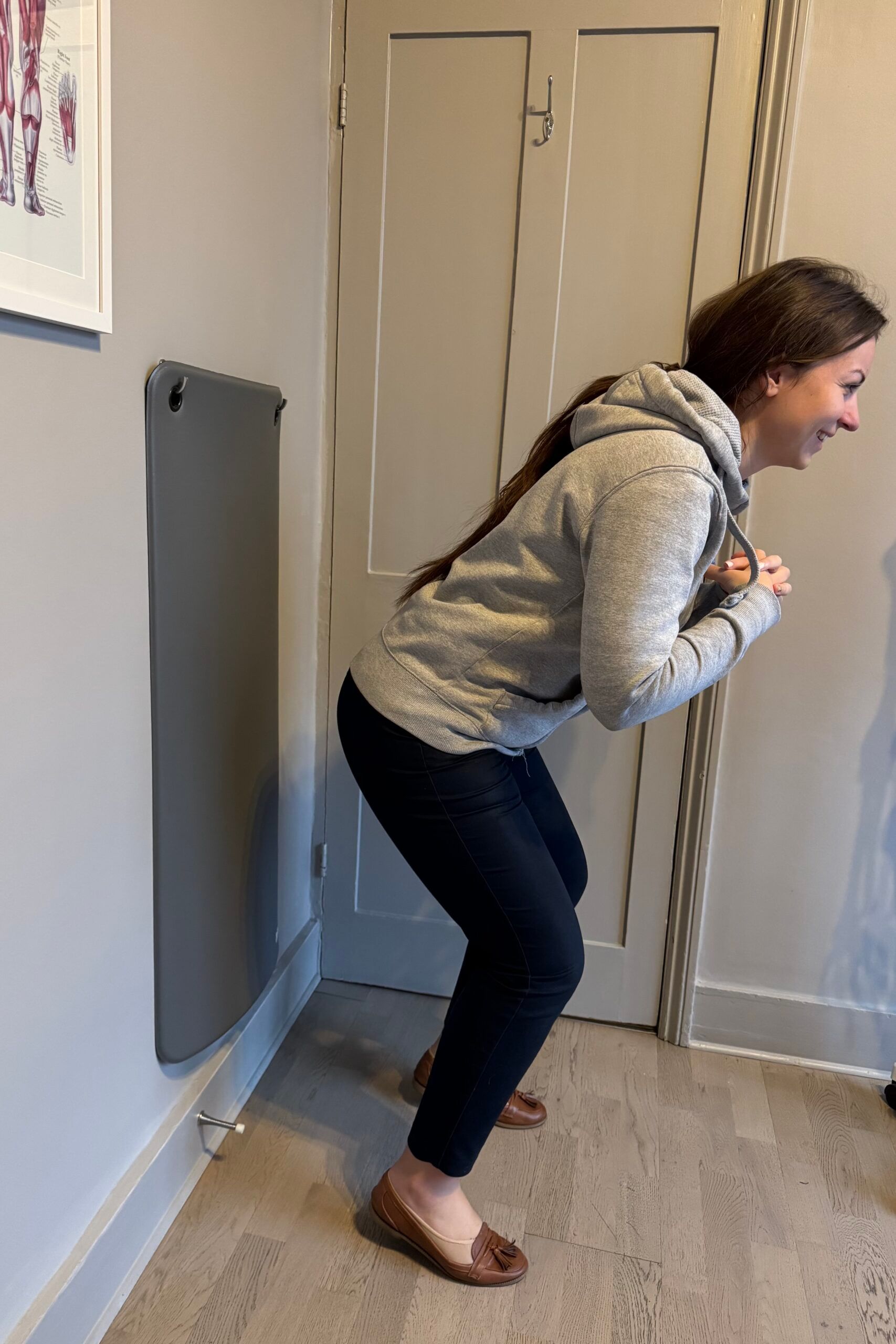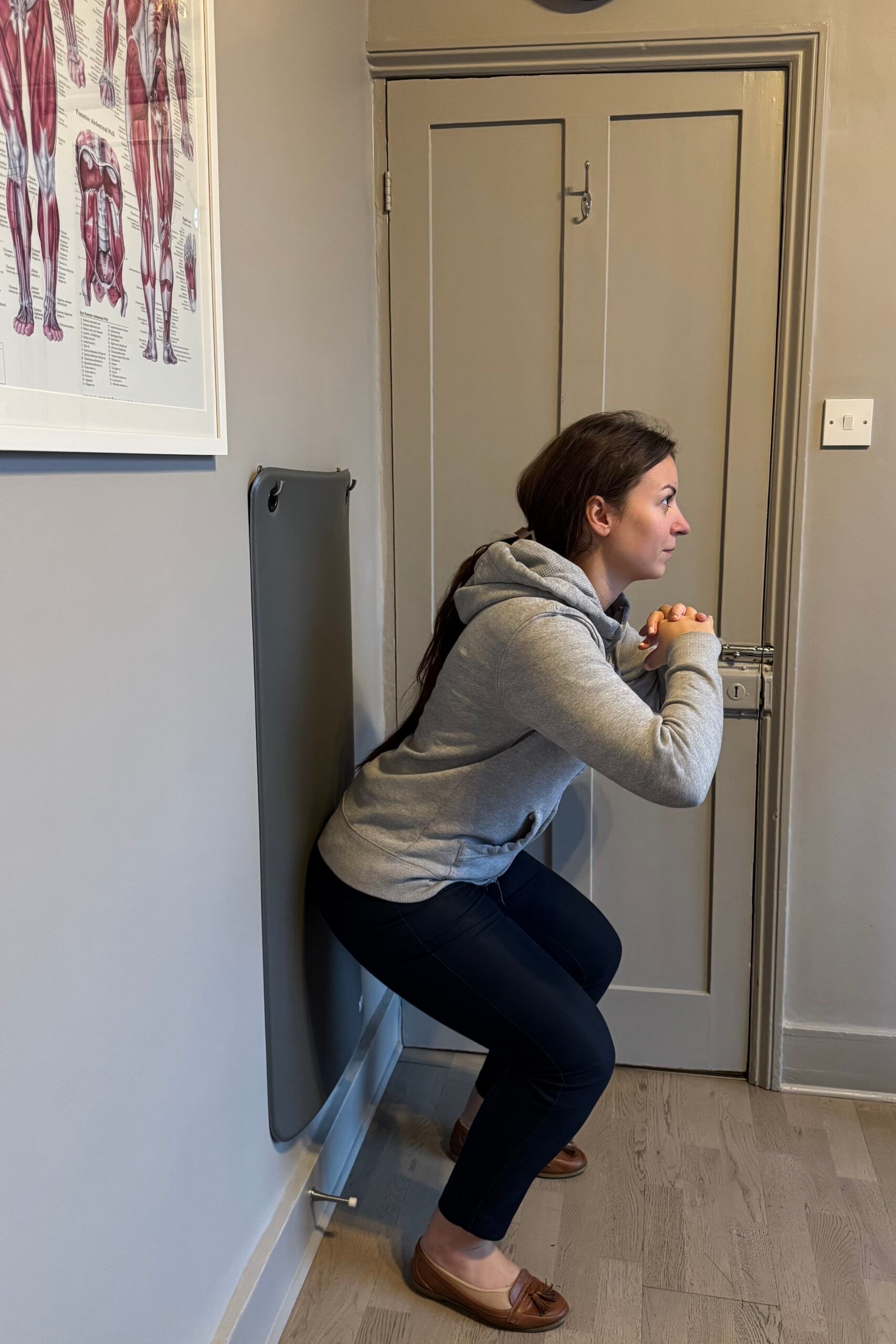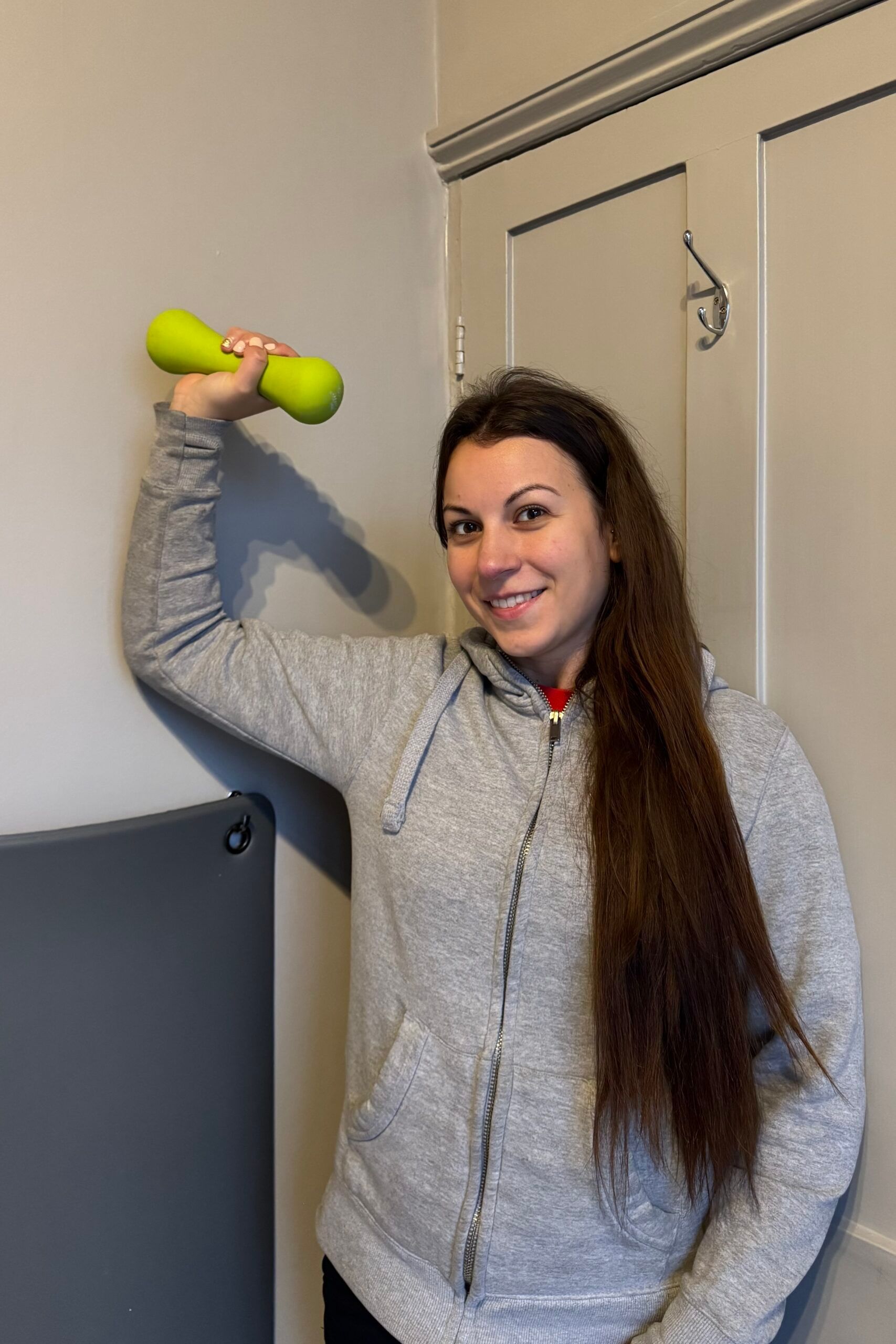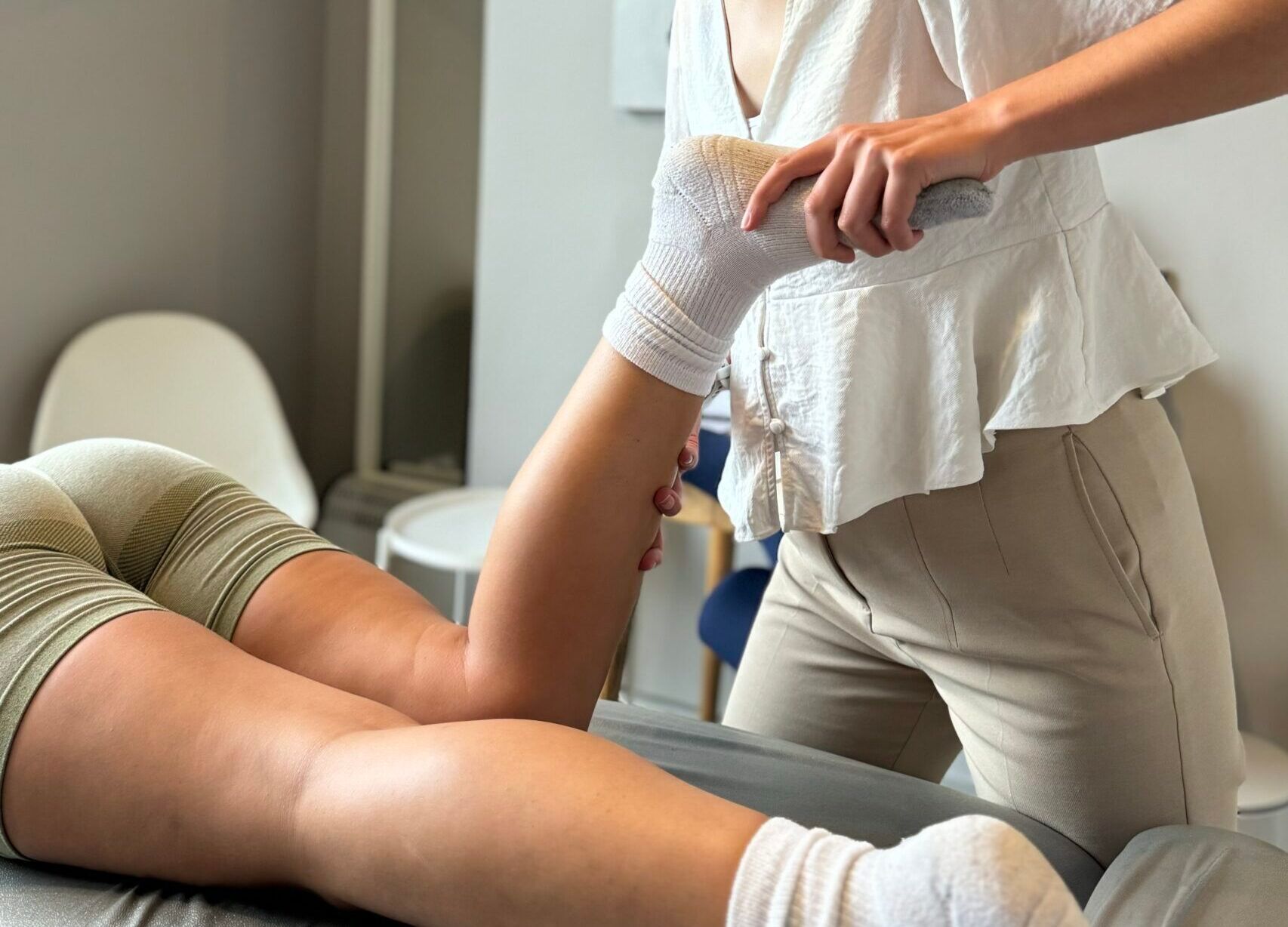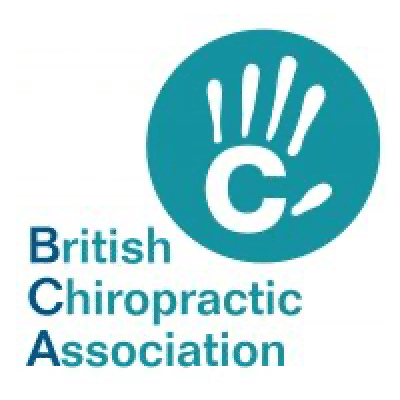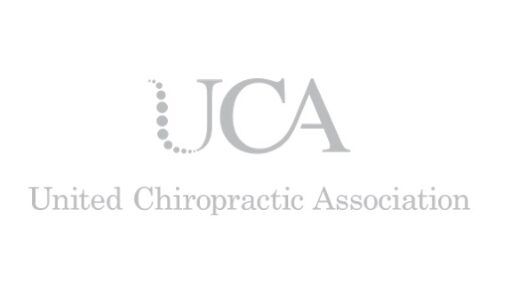The Importance of Proper Gym Form
January is looming over us, and most of us are probably gearing up for those New Year’s resolutions, health kicks, and fresh fitness regimes. The gyms will be packed, but going all in without the right approach could backfire.
When it comes to working out, many people focus on the intensity of their training rather than the mechanics of their movements.
While pushing limits is key for progress, incorrect gym form can lead to significant pain and injury, undermining your fitness goals and overall health.
Let’s discuss how improper technique can affect your body and what you can do to maintain correct form during your workouts.
Understanding the Risks of Incorrect Form
When exercises are performed incorrectly, the stress is not evenly distributed across the body. This uneven load can lead to joint pain, muscle strains, and long-term damage.
Compensatory Movements
If you’re not using the correct muscles for a particular exercise, your body will try to compensate by engaging other muscles. This can create imbalances and lead to overuse injuries. For instance, if you have poor form during a squat you may end up working your lower back.
Improper form can also diminish the effectiveness of your workouts. If you’re not targeting the intended muscles, you may not see the desired results, leading to frustration and potentially prompting you to push harder, which can further increase injury risk.
Common Exercises which form often lacks in:
Squats
Common mistakes include letting the knees cave inward or leaning too far forward. Both can strain the knees and lower back.
To avoid this, ensure your knees push forward over your toes and keep your chest up.
Deadlifts
Rounding the back while lifting is a common error. This puts unnecessary pressure on the spine. Focus on maintaining a neutral spine throughout the movement and engaging your core.
Bench Press
Arching the back excessively can lead to shoulder injuries. Keep your feet flat on the ground, your shoulders retracted.
Overhead Press
Flaring the elbows out too much can cause shoulder strain. Keep your elbows slightly in front of the bar and maintain a tight core to support the lift.
Ever spot someone at the gym and think, “That form can’t be good for their body”?
Don’t let that be you! Follow these tips to maintain proper form and stay injury-free:
Start with Lighter Weights
Before adding weight, master the movement pattern with lighter loads. This allows you to focus on form without the added strain.
Use Mirrors or Record Yourself
Observing your form can be incredibly beneficial. Use mirrors in the gym or record your workouts to identify and correct form issues.
Work with a trainer or see a Sports Therapist
Working with a personal trainer is a great way to ensure your form is spot-on, especially if you’re new to the gym. Seeing a Sports Therapist can also be incredibly beneficial, as they can identify muscle imbalances that may stem from improper form. Book your appointment with me online or get in touch today!
Listen to Your Body
If something feels off, it probably is. Pay attention to any pain or discomfort during exercises and adjust accordingly.
Incorporate Mobility and Flexibility Work
A lack of mobility can hinder your ability to maintain proper form. Incorporate stretching and mobility exercises into your routine to improve your range of motion and reduce the risk of injury.
Remember that fitness is a journey, take the time to invest in your form and your body will thank you in the long run!

